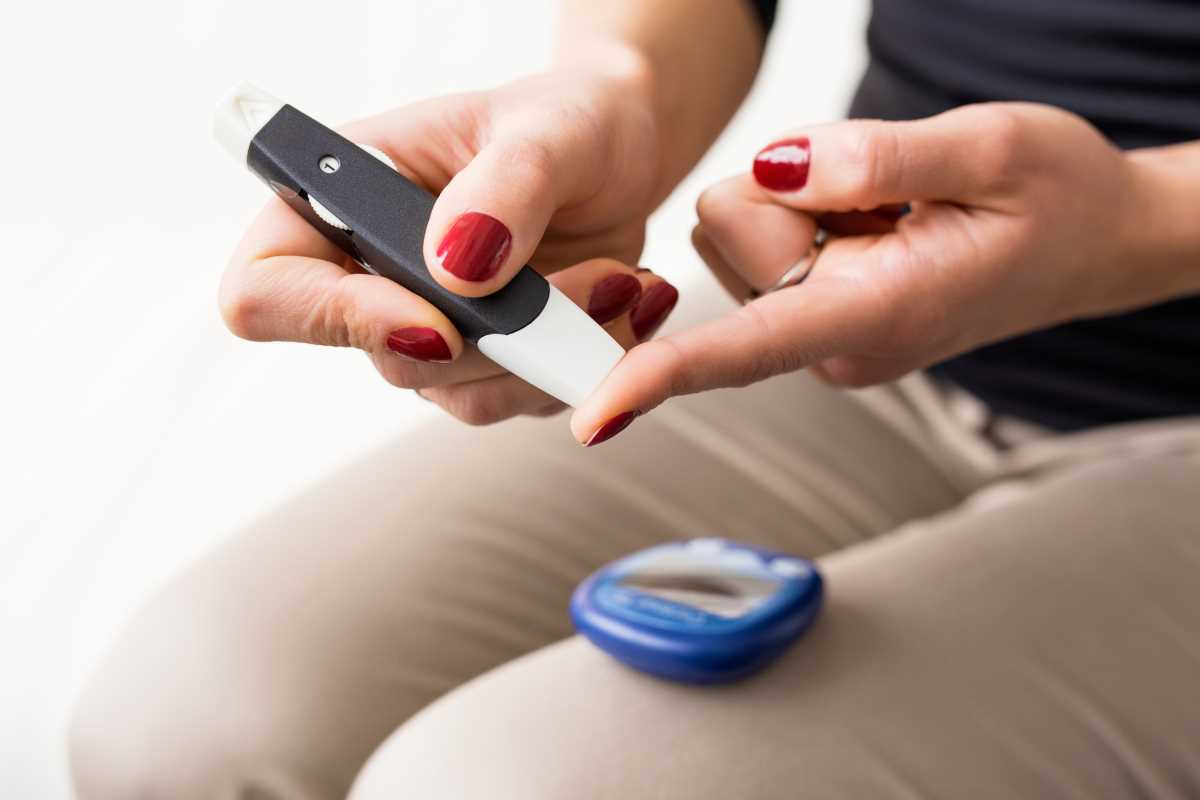It can start slowly, almost imperceptibly. Maybe you’re feeling more tired than usual, or perhaps you’re thirstier than normal, refilling your water bottle multiple times a day. While these changes might seem like no big deal, they could be early signs of type 2 diabetes, a condition that impacts how your body regulates blood sugar (glucose).
Type 2 diabetes develops gradually, often with subtle symptoms that are easy to miss or attribute to other causes. Catching these early signs is critical because timely action can help you manage, and in some cases, even reverse the condition. This guide will walk you through the common warning signs of type 2 diabetes and provide practical steps you can take to address them. Whether you’re concerned for yourself or a loved one, this is a great place to start.
What Is Type 2 Diabetes?
Before we get into the symptoms, it helps to understand what type 2 diabetes is. Your body breaks down the food you eat into glucose (sugar), which it uses as energy. The hormone insulin, produced by the pancreas, helps cells absorb glucose from the blood.
With type 2 diabetes, your body either doesn't produce enough insulin or doesn’t respond to it properly. This leads to high blood sugar levels, which can be harmful if not controlled. Over time, unmanaged diabetes can affect nearly every part of your body, from your heart and nerves to your vision and kidneys.
The good news? Recognizing early signs gives you a chance to make lifestyle changes or seek medical care before complications develop.
Early Signs of Type 2 Diabetes
The symptoms of type 2 diabetes can creep up slowly, often becoming more noticeable over time. Here are the telltale signs to watch for:
1. Increased Thirst and Frequent Urination
One of the most common signs of type 2 diabetes is feeling constantly thirsty, no matter how much water you drink. This happens because high blood sugar levels force your kidneys to work overtime to filter and absorb the excess sugar. When the kidneys can’t keep up, the sugar spills into your urine, dragging water along with it, which makes you urinate more frequently.
What to Watch For:
- Drinking more water than usual but still feeling thirsty.
- Waking up frequently during the night to use the bathroom.
2. Fatigue
High blood sugar might mean that your body isn’t effectively using glucose for energy. When your cells don’t receive the fuel they need, it can leave you feeling drained, no matter how much sleep you get or how often you rest.
How It Might Feel:
- Unexplained tiredness throughout the day.
- Struggling to focus or feeling mentally foggy.
3. Increased Hunger (Even After Eating)
You might notice you’re always hungry, even shortly after finishing a meal. This is because your body isn’t using glucose properly, leaving your cells “starved” and sending signals that you need to eat more.
Red Flags:
- A constant craving for food, especially carbs or sugary snacks.
- Feeling unsatisfied even after large meals.
4. Slow-Healing Wounds
High blood sugar can affect circulation and damage nerves, slowing your body’s ability to heal itself. Cuts, scrapes, or infections might take longer than usual to improve.
Common Signs:
- Small wounds or sores that linger for weeks.
- Frequent infections, especially on the skin.
5. Blurry Vision
High blood sugar levels can cause fluid to shift in and out of your eye's lenses, making it hard to focus. While this might seem like a temporary issue, it’s a red flag for diabetes.
How It Manifests:
- Difficulty seeing objects clearly at a distance or up close.
- Feeling like your eyeglasses prescription “randomly” changes.
6. Unexplained Weight Loss
Losing weight without trying might sound great, but when it’s tied to type 2 diabetes, it’s not healthy. Unmanaged blood sugar can lead your body to break down muscle and fat for energy, causing unintentional weight loss.
What to Look Out For:
- Dropping several pounds without changes to your diet or exercise routine.
7. Numbness or Tingling in Hands and Feet
Over time, high blood sugar can damage nerves, especially in the extremities. This early sign of neuropathy (nerve damage) can start as a mild tingling sensation but may worsen if blood sugar levels remain elevated.
Symptoms May Include:
- A “pins and needles” feeling in your hands or feet.
- Numbness or occasional burning pain.
8. Darkened Skin Patches
A condition called acanthosis nigricans can cause velvety dark patches of skin, often around the neck, armpits, or groin. This is often associated with insulin resistance, a hallmark of type 2 diabetes.
Where to Look:
- Skin folds that appear darker and thicker than normal.
Risk Factors for Type 2 Diabetes
Some people are more likely to develop type 2 diabetes due to certain factors. While you can’t change your genetics, knowing your risk factors can help you take preventive steps.
You may be at higher risk if:
- You’re over the age of 45.
- You have a family history of diabetes.
- You’re overweight or obese, particularly if you carry extra weight in your abdomen.
- You lead a sedentary lifestyle with little physical activity.
- You’ve had gestational diabetes (diabetes during pregnancy).
Understanding your risk level can prompt you to be extra vigilant about early symptoms.
How to Address Early Signs of Type 2 Diabetes
If you’re noticing any of the warning signs, don’t panic. There are steps you can take to manage the condition before it progresses.
1. See a Doctor
The first step is to schedule an appointment with a healthcare provider. They can perform tests, like a fasting glucose test or an A1C blood test, to check your blood sugar levels. Early diagnosis is key.
2. Make Diet Changes
What you eat plays a huge role in managing blood sugar levels. Focus on a balanced diet that includes:
- Fiber-rich foods like vegetables, whole grains, and legumes.
- Lean protein such as chicken, fish, tofu, or eggs.
- Healthy fats from sources like avocados, nuts, and olive oil.
- Avoid sugary drinks and limit processed foods high in refined carbs.
3. Get Moving
Regular physical activity improves how your body uses insulin and can lower your blood sugar. Aim for at least 30 minutes of moderate exercise, like walking, biking, or swimming, most days of the week.
4. Lose Excess Weight
If you're overweight, even a modest weight loss of 5–10% of your body weight can significantly improve blood sugar control and reduce diabetes risk.
5. Manage Stress
Stress can cause blood sugar levels to spike, so finding ways to relax is important. Activities like yoga, meditation, or simply taking breaks throughout the day can make a difference.
6. Keep Track of Your Health
Regular monitoring of blood sugar levels, either at home or through routine check-ups, can help you stay on top of your progress and catch any changes early.
 (Image via
(Image via





